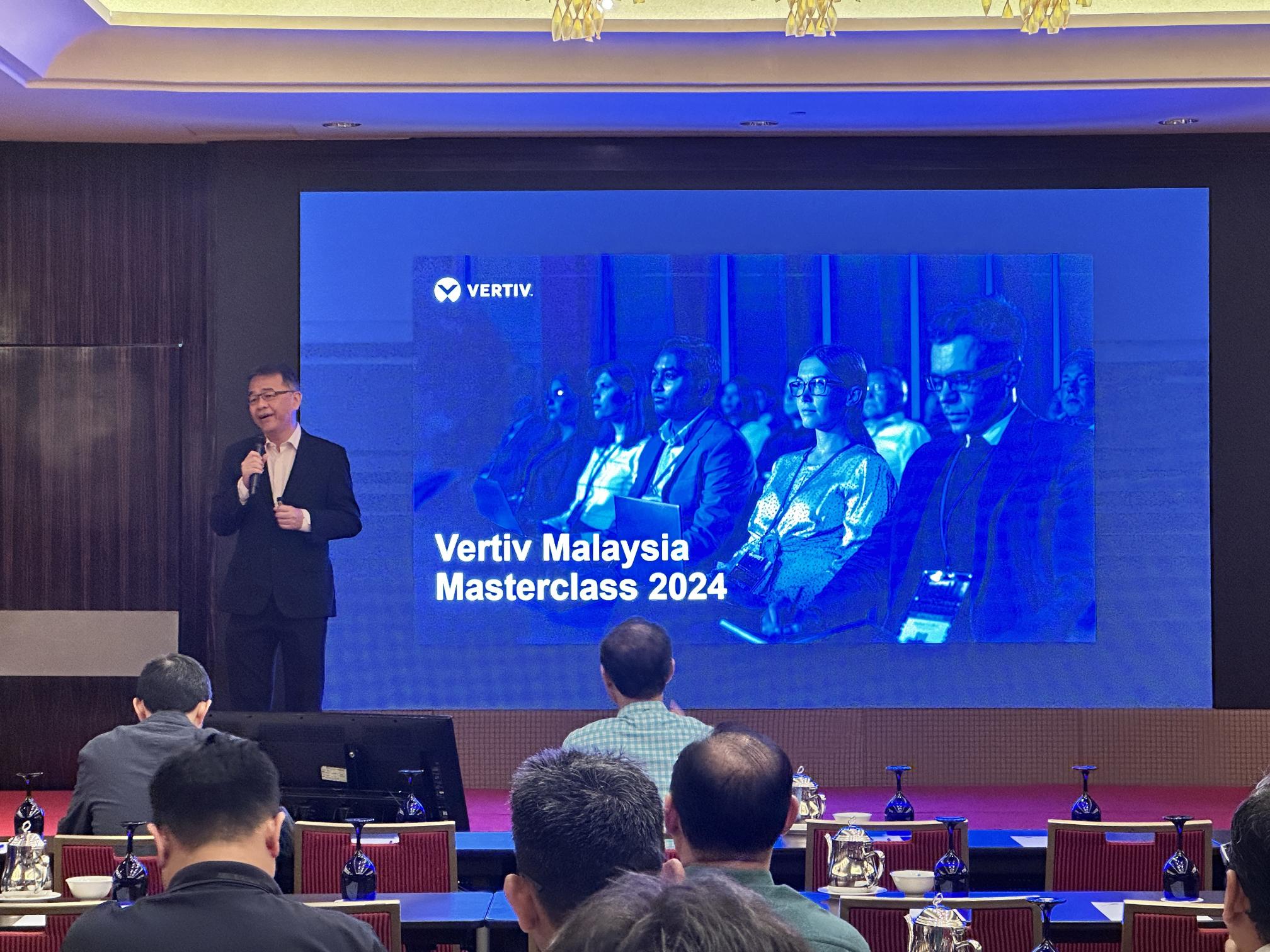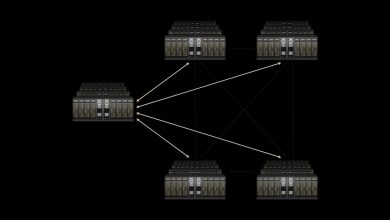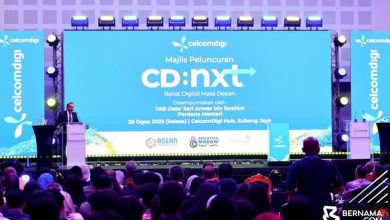From 10kW to 140kW Per Rack: Vertiv Asia Sirens the Soaring Power Demands in Data Centres
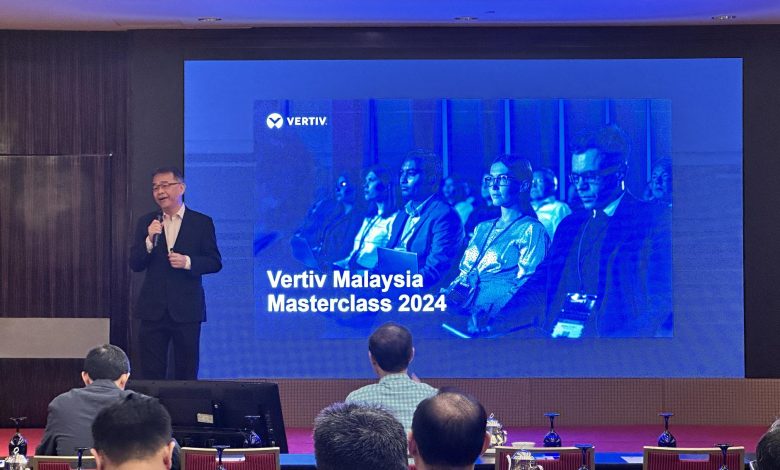
Power expenditure has become the Achilles’ heel of data centres.
During the Vertiv Masterclass Malaysia event, held on the 23rd of September at One Utama Hotel, Bandar Utama, experts from Vertiv laid out the stark reality of skyrocketing power demands in data centres. This highlights the urgent need for the industry to adapt.
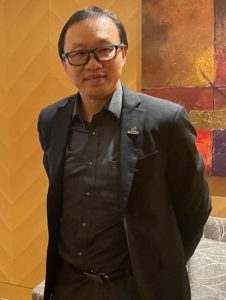
Data centre power usage has leapt from the previous 5-10kW per rack to an astounding 80-140kW per rack. Danny Wong, Senior Director of Regional Accounts at Vertiv Asia, sounded the alarm in his opening remarks: “Traditionally, we operated within the 5 to 10-kilowatt range per rack. Today, we’re seeing more discussions around 20 to 50 kilowatts, and even up to 80 to 140 kilowatts per rack!”
The rising complexity of Artificial Intelligence (AI) workloads is reshaping the very infrastructure of data centres.
Power-Hungry AI: How Data Centres Are Evolving to Keep Up
Danny Wong delivered a candid overview of the challenges faced by the data centre industry today. According to Wong, the exponential increase in power requirements has placed tremendous strain on existing infrastructure.
“Data centres are no longer just about storage. With AI, the amount of data processing has surged, and we need to manage these heat loads and power requirements without sacrificing efficiency,” he explained.
As a response, Vertiv has been striving to innovate in cooling and energy management solutions. Wooi Keat Teoh, Sales Director of Vertiv Malaysia, discussed the crucial role of advanced cooling technologies, particularly liquid cooling.
“AI systems are raising the bar in terms of complexity, but with that comes a dramatic increase in heat output. Cooling becomes not just a matter of efficiency, but of survival for the systems,” he said. Liquid cooling, according to Teoh, can reduce power consumption by 10-15%, even in highly efficient data centres, providing a much-needed solution for power-hungry operations!
Teoh also highlighted the broader implications of inefficient cooling. “Traditional air-cooling methods are not sustainable when you’re dealing with AI loads. We’re talking about systems that generate far more heat than we’ve ever seen before.”
Wong added another critical perspective, emphasising that sustainability in data centres is not just a technical challenge, but an operational one. “AI is changing the game. We’re seeing more and more data being processed, and with that comes greater energy use. But the industry needs to evolve quickly to address this without compromising on efficiency,” Wong affirmed. “Sustainability isn’t just about saving energy—it’s about doing more with less.”
Exclusive Insights: Talent Gaps and Sustainability Headaches
In an exclusive interview, Danny Wong delved deeper into some of the industry’s most pressing challenges.
At the top of the list was the issue of talent shortages, which Wong believes is the most significant obstacle to the digital transformation currently underway. “Talent is the most frequently cited issue, and we often underestimate just how serious this problem is,” he remarked.
He elaborated that the rapid pace of innovation in AI and data centres demands a new level of expertise that is currently in short supply. “The problem isn’t just the number of skilled professionals available—it’s about ensuring they have the right experience and knowledge to handle the complexity of today’s systems. This is something the entire industry has to solve collectively; not a single company can do it alone.”
On the sustainability front, Wong shared an eye-opening statistic: “We’ve managed to reduce energy consumption in data centres by up to 15% just by implementing liquid cooling systems.”
But Wong stressed that the true solution lies in the broader ecosystem. He emphasised that while Vertiv can do its part, the industry as a whole needs to take more significant steps toward sustainability. “We can only reduce our carbon footprint so much within our operations. The real impact comes when we help our clients make their data centres more energy efficient.”
Wong also highlighted the need to look at the overall efficiency of data centres, considering how all parts of the system work together. “It’s not just about how much power a single rack consumes—it’s about the productivity of the entire system. If 5 racks can outperform 100 older ones, even if they use more power individually, energy savings are massive. That’s where the future of AI infrastructure lies.
His analogy on cooling solutions added a quirky touch, “It’s like having an air conditioner strapped to your head. You’re cooling only what needs to be cooled, instead of wasting energy on parts of the room you’re not even using!”
Industry Collaboration: Making Sustainability Everyone’s Job
Wong’s insights are part of a larger discussion taking place across the tech industry—how to manage the environmental and operational impacts of AI and data centre growth.
Teoh spoke passionately about the need for collaboration within the industry. “It’s not just about individual companies developing cutting-edge solutions. We need to look at the entire supply chain, from manufacturing to deployment, and think about how each step impacts energy use and the environment.”
He drew comparisons to the Electric Vehicle (EV) industry, where the green credentials of the product are sometimes undermined by the processes used to create them. “We don’t fall into the trap of the EV industry, where you’re charging cars with electricity that comes from burning coal. The same goes for data centres—we need to make sure that our sustainability measures are truly sustainable, from start to finish.”
Wong also discussed his passion for Intellectual Property (IP) and technology sharing. “One area I’m personally passionate about is IP and technology sharing. I’d love to see a world where more of this groundbreaking tech can be used by others without the roadblocks of IP restrictions. It’s not about copying ideas but finding new ways to share technology so that it can benefit more people faster.”
A High-Energy Future: What Lies Ahead for Data Centres?
The Vertiv Masterclass Malaysia provided a sobering yet hopeful look at the future of data centres. The rise in power consumption is not a trend that can be ignored. But as Danny Wong and Wooi Keat Teoh made clear; the solutions are already within reach. With innovations like liquid cooling and a focus on sustainability, the industry is on the cusp of a revolution!
However, the path forward will require more than just technological advancements. It will take collaborative efforts across the industry to address talent shortages, rethink sustainability and break down the barriers that currently prevent broader adoption of cutting-edge solutions.
As Wong succinctly put it, “The power demands of AI aren’t going away. But with the right people, the right technology, and a commitment to sustainability, we can meet these challenges head-on and turn them into opportunities!”


